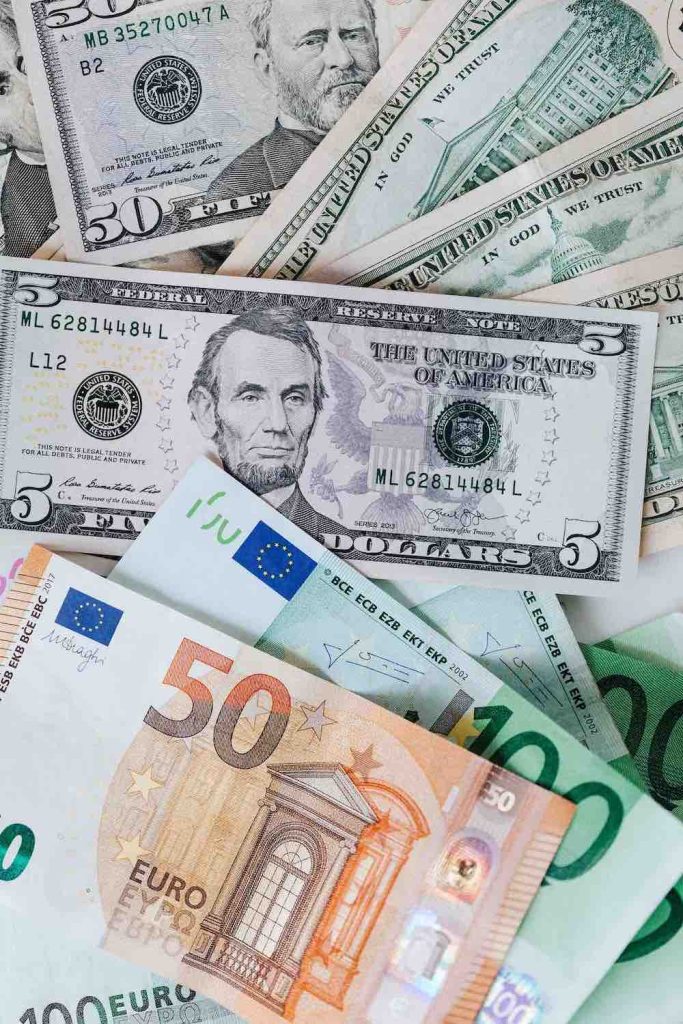Investing in international markets can be a great way to diversify portfolios, but it comes with unique risks. Currency risk is one of the most important risks investors should consider when investing abroad. It’s important to consider what currency risk actually is and its relevance for international investments, as well as how investors should manage this risk to maximize the returns of their investments.
Understanding the Basics of Currency Risk
At its core, currency risk represents the potential loss that arises from fluctuating exchange rates. The change in the relative value of currencies can either increase your investment returns or diminish them. Different factors drive these fluctuations in currency values, with economic performance obviously being a crucial one.
When a country’s economy is strong, its currency usually strengthens as foreign investors buy into that currency to invest. Conversely, if the economy weakens, the currency often follows suit. Another vital factor is inflation rates. A country with lower inflation will generally see a rise in the value of its currency, and higher inflation typically depresses currency values due to the eroding of its purchasing power.
The correlation of currency risk with other investment risks is also important to understand. Currency risk can exacerbate market risk — especially in volatile times. If a foreign market declines and the corresponding currency also weakens, an investor could face compounded losses.
Advertisement
This risk is particularly important for those with substantial international investments. If you’re an investor with a significant portion of your portfolio in foreign assets, currency risk is a variable you can’t afford to ignore.
It’s for this reason that using a tool like the DXY chart is important for investors. This chart — which tracks the value of the US dollar compared to other important global currencies — serves as a visual representation of currency fluctuations and can help you understand how these dynamics might affect your investments. Wrapping your head around how these factors interplay can help you better anticipate and navigate international investing.
Strategies for Managing Currency Risk in International Investments
Now that you know what currency risk is, how do you manage it effectively? The truth is there are quite a few ways. One popular approach is natural hedging. This involves investing in assets that might gain when your foreign investments lose due to currency changes.
An example of this would be if you’ve invested in a foreign company that relies heavily on exports. If the country’s currency weakens, while it might negatively impact your investment, it could benefit the export-focused company, potentially offsetting your losses.
General diversification is another simple yet effective tool to help deal with currency risk. Instead of only holding one currency, you spread your investments across various currencies. Investments may go down in one currency and up in another simultaneously — effectively keeping your investment in the same position it already was.
As currency markets become increasingly complex, investors should take an active role in understanding and managing their exposure to currency risk. Developing a good understanding of current and emerging trends will have you on the right path toward international investment success.


